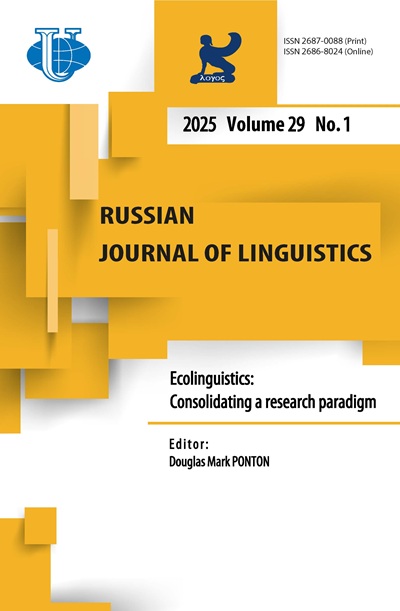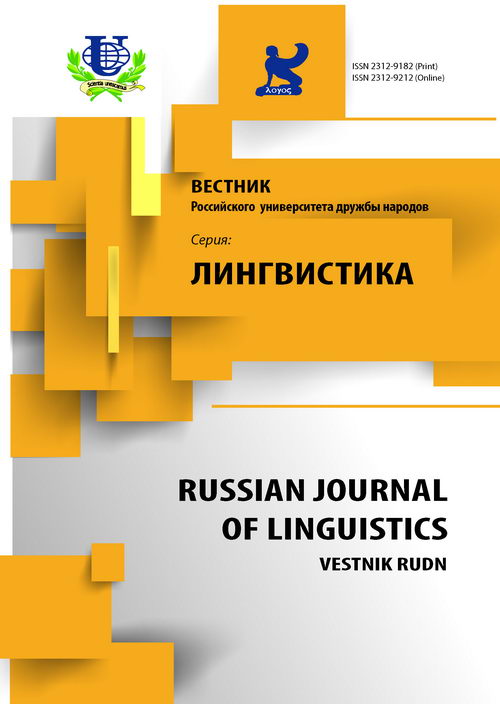Abstract
The article deals with the problem of functioning of emotivity category in romantic communication. The author analyses illocutionary acts produced by the addresser and reveals verbal and non-verbal means that represent emotivity in them. Considerable attention is given to the explicit and implicit ways of expression of the category under consideration. It is proved that not only verbal and non-verbal means but also communicative situations can be emotive and are of emotiogenic character in romantic communication. The research material demonstrates that participants’ emotions are realized as complexes and the explicit or implicit appeal to these emotions appears as a motivating factor affecting individuals.

















